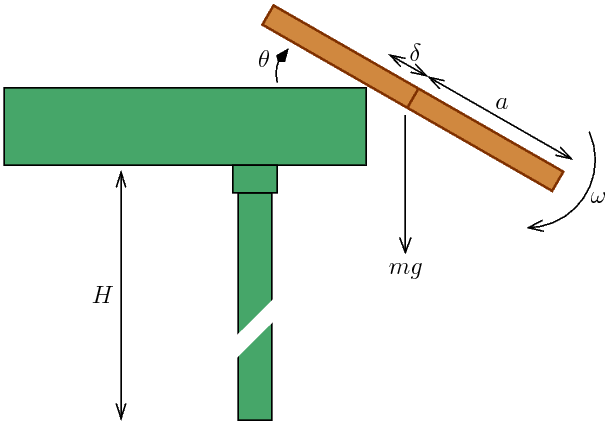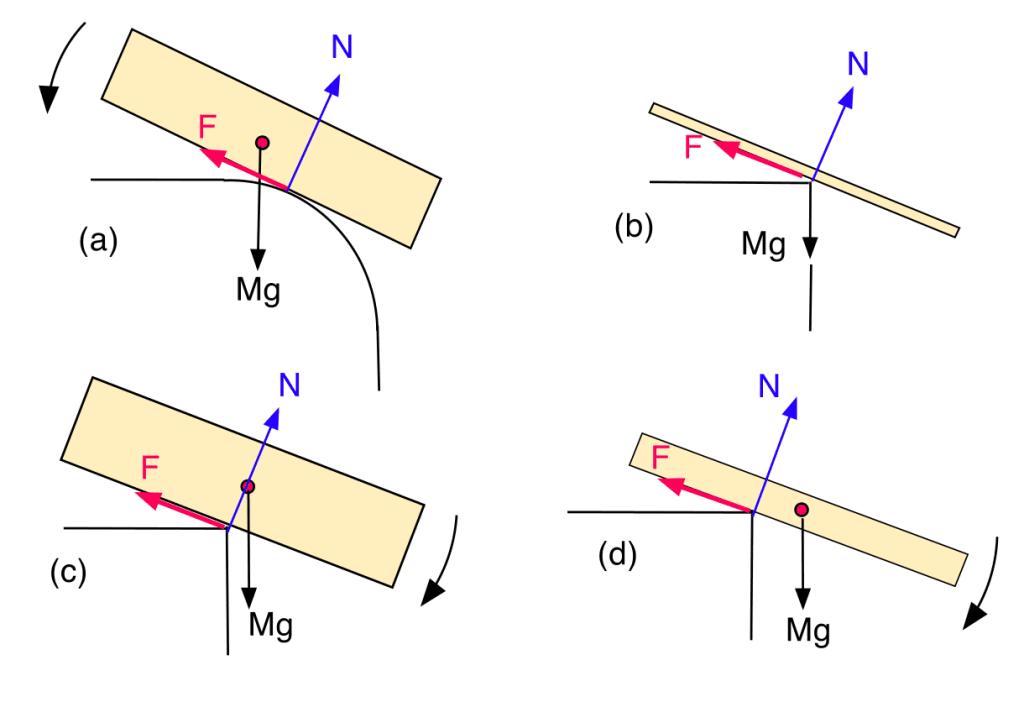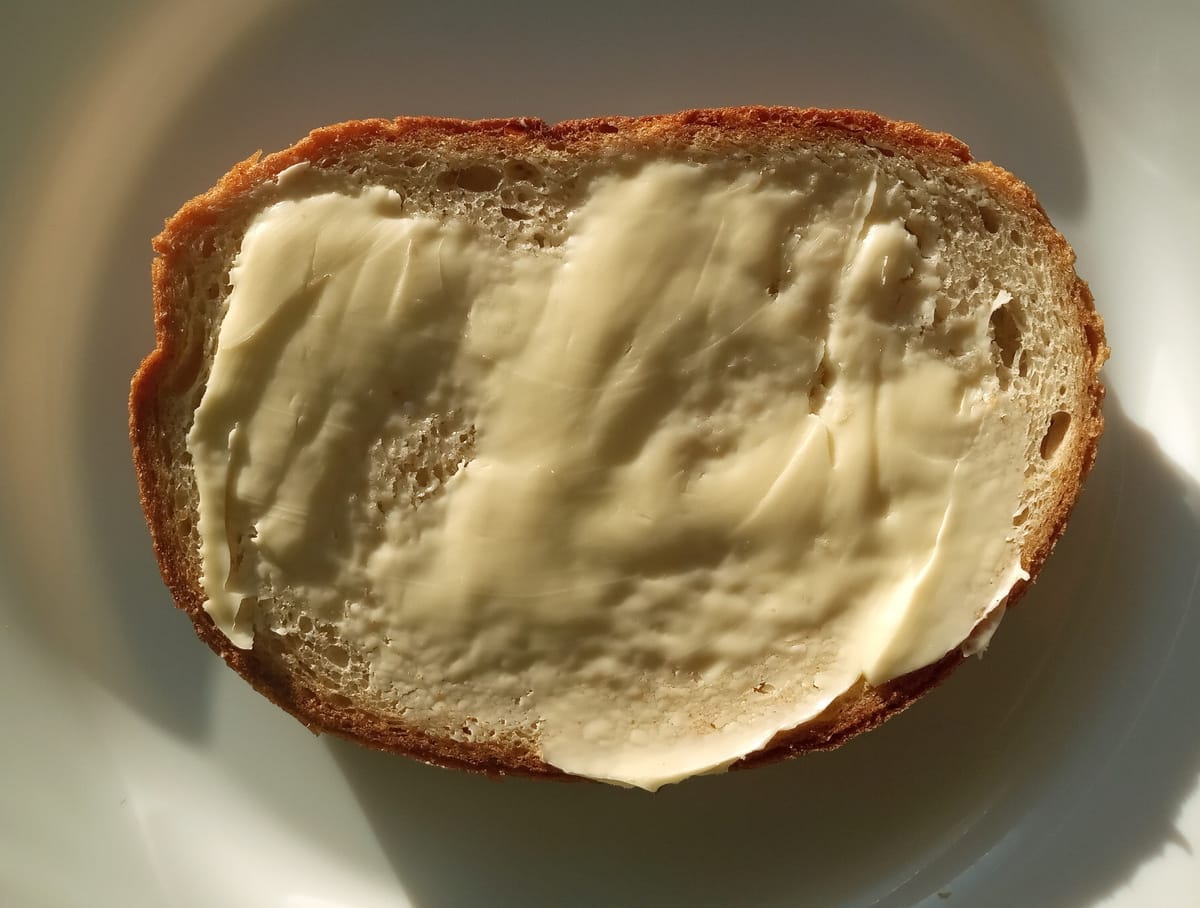It is a widely held belief that a sandwich most often lands butter side down. We decided to find out how true this is.
Mention of the so-called sandwich law can be found not only in oral histories, but also in the media and in fiction. The expression occurs, for example, in diaries geologist Boris Vronsky for 1945: “According to the law of cosmic bastardity, also known as the law of a sandwich that falls to the floor with the side on which the oil is located, a boat will arrive shortly after our departure.” There is also the law of the sandwich in Lyubov Kabo’s novel “Peers of October"(1964), and in an essay by Daniil Granin "The month is upside down"(1966). The rule for a sandwich to inevitably fall butter side down is explained in detail on entertainment sites such as "Favorites", or in "Evening Moscow"
The Sandwich Law is most often defined as a special case of the so-called Murphy's Law, which is stated as follows: “If anything can go wrong, it will go wrong.” This is not a strict postulate, but rather a humorous explanation of the injustice of the world order. Nevertheless, the statement about the inevitable turning over of a sandwich when falling has acquired the form of a stable expression.
The sandwich law has repeatedly attracted the attention of scientists and journalists who conducted experiments and wrote down physical formulas. Let us first focus on practical experiments. The most famous is one of the episodes of the program “Mythbusters"on the Discovery Channel. The presenters dropped and tossed buttered toast and came to the following conclusion: if sandwiches are tossed, then the butter-down and butter-up falls are distributed approximately equally; if you drop them from the edge of the table, the bread will more often fall butter side down. BBC journalists conducted a similar experiment - in the QED program they threw buttered toast into the air and came to the same conclusions.
In 1995, European Journal of Physics published the first fundamental study on this topic. Physicist Robert Matthews of Aston University in the UK has developed a formula for falling bread and butter.

Matthews drew attention to the need to eliminate the practice of throwing sandwiches in the air as having no relation to reality. His research is limited to the simplest and most common situation: a sandwich falling off the edge of a table. The British scientist demonstrated in diagrams: provided that the bread initially lies on the table with its butter side up, the sandwich, as a rule, does not have time to make a full turn when falling. This way the oil ends up at the bottom. Matthews received a comic Ig Nobel Prize for this discovery in 1996, but his article continues to be cited in serious scientific publications. Almost simultaneously with Matthews to similar conclusions came his American colleague Daryll Steinert.
Subsequently, Matthews’ formula was supplemented several times, but no one questioned it. Thus, physicist Michael Bacon drew attention to the dependence of the rotation of a falling sandwich on the thickness of the butter layer. But, as follows from his work, published in the American Journal of Physics in 2001, a thick layer of butter only increases the likelihood of the sandwich falling on the unwanted side.
Australian physicist Rod Cross from the University of Sydney has gone the furthest. His research was published in the European Journal of Physics in March 2022. Cross noticed that Matthews and most of his colleagues considered only one possible fall situation: a piece of bread of standard thickness falling from the rectangular edge of the table. Australian scientist suggested study other situations, which he divided into four types: the fall of a thick rectangular block (instead of which we can imagine a piece of bread) from a rounded surface, a thin block from a rectangular surface, a thick block from a rectangular surface, and, finally, a standard block from a rectangular surface, but the block is pushed forward.

As Cross found, the speed at which each block fell and rotated varied depending on its thickness, the edge of the surface, and friction. But if we look at this study from the point of view of a sandwich, the answer remains the same: when dropped from a height of about 70 cm, the bars turned over.
Thus, scientists have proven that when a sandwich falls from a table, in most cases it actually falls face down if it initially lies face up. But this is only true for ordinary everyday situations. When throwing a sandwich high into the air or throwing it at a wall, the results may be different.
Cover image: Wikimedia Commons
Mostly true
Read on topic:
- Is it true that the butter sandwich is an invention of Copernicus?
- Is it true that the flight of a bumblebee contradicts the laws of physics?
If you find a spelling or grammatical error, please let us know by highlighting the error text and clicking Ctrl+Enter.






